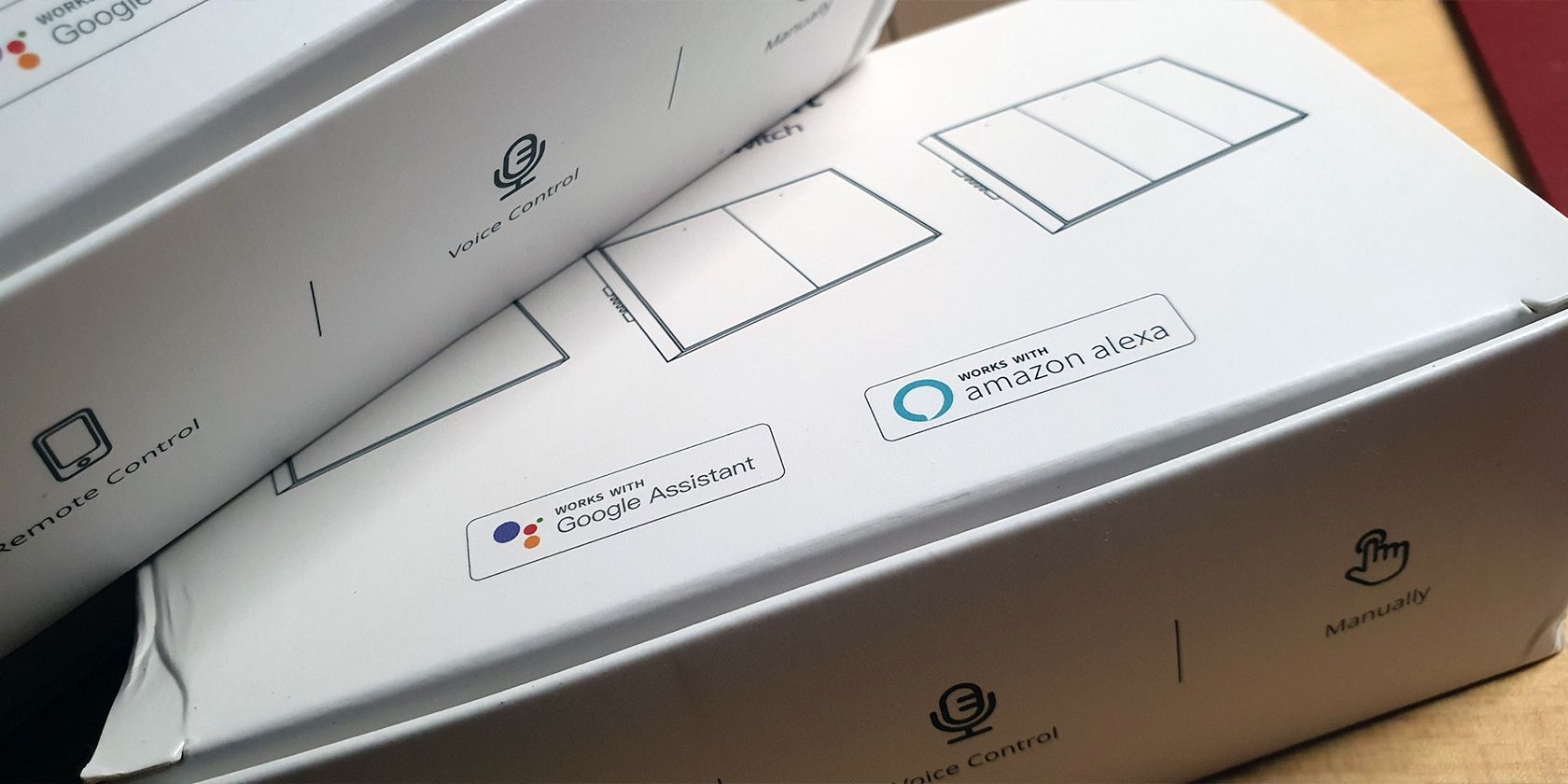If you've even considered making your home's lighting smart, you've probably seen the prices of smart light bulbs. And when you compare them with ordinary LED bulbs, you'll realize the prices are miles apart.
Ordinary LED bulbs from popular brands like GE and Philips cost between $1 and $3. But if you get smart bulbs from these same brands, you'll find that their prices start at $8 a piece and could go as high as $15.
But why is that so? Here's why smart light bulbs are so expensive.
Companies Need Additional Research and Development to Make Smart Bulbs
While there is a proven need and a straightforward way to make ordinary LED bulbs, smart bulbs are a bit more complicated. First, manufacturers must determine how to make the technology work and if there's a demand for it.
And if someone has already completed the research and patented the technology, a company that wishes to make a smart LED bulb must negotiate with the patent holder and buy the technology or pay royalties.
Smart Bulbs Have More Components
An ordinary LED bulb and a smart LED bulb are essentially the same, except that the latter has a small chip and a connectivity module. Smarter bulbs that dim, change color, or react to their surroundings also require additional parts or improved modules.
Adding these modules requires an additional cost on the side of the manufacturer. Furthermore, these parts aren't exactly affordable. While the chips and connectivity modules used in smart bulbs aren't that pricey compared to those found on computers and smartphones, they're still more expensive than just the basic light-emitting diodes and circuit boards that ordinary LED bulbs have.
Manufacturers Need to Pay for Certification
While smart bulbs have additional parts to make them smart, slapping them on an ordinary LED bulb to make it intelligent isn't enough. If you're a smart bulb manufacturer, you must certify your product across various standards, depending on the ecosystem you want the smart bulb to work on.
For example, when Philips launched its popular Hue smart bulbs in 2012, you could control them through the Apple Home app. That means Philips worked with Apple to certify its products, paying Cupertino to ensure that Philips Hue smart bulbs are 100% compatible with Apple's smart home ecosystem.
And while many other brands are on the market today, all smart LED bulbs must be certified for some form of wireless communication so you can control it using your smartphone app or smart speaker. Whether a smart LED bulb uses Zigbee, Z-Wave, Wi-Fi, or BLE, a manufacturer must pay the corresponding certifying body to ensure its products are up to scratch with the standards set on its chosen smart home protocol.
An App Is Required to Control the Smart Bulb
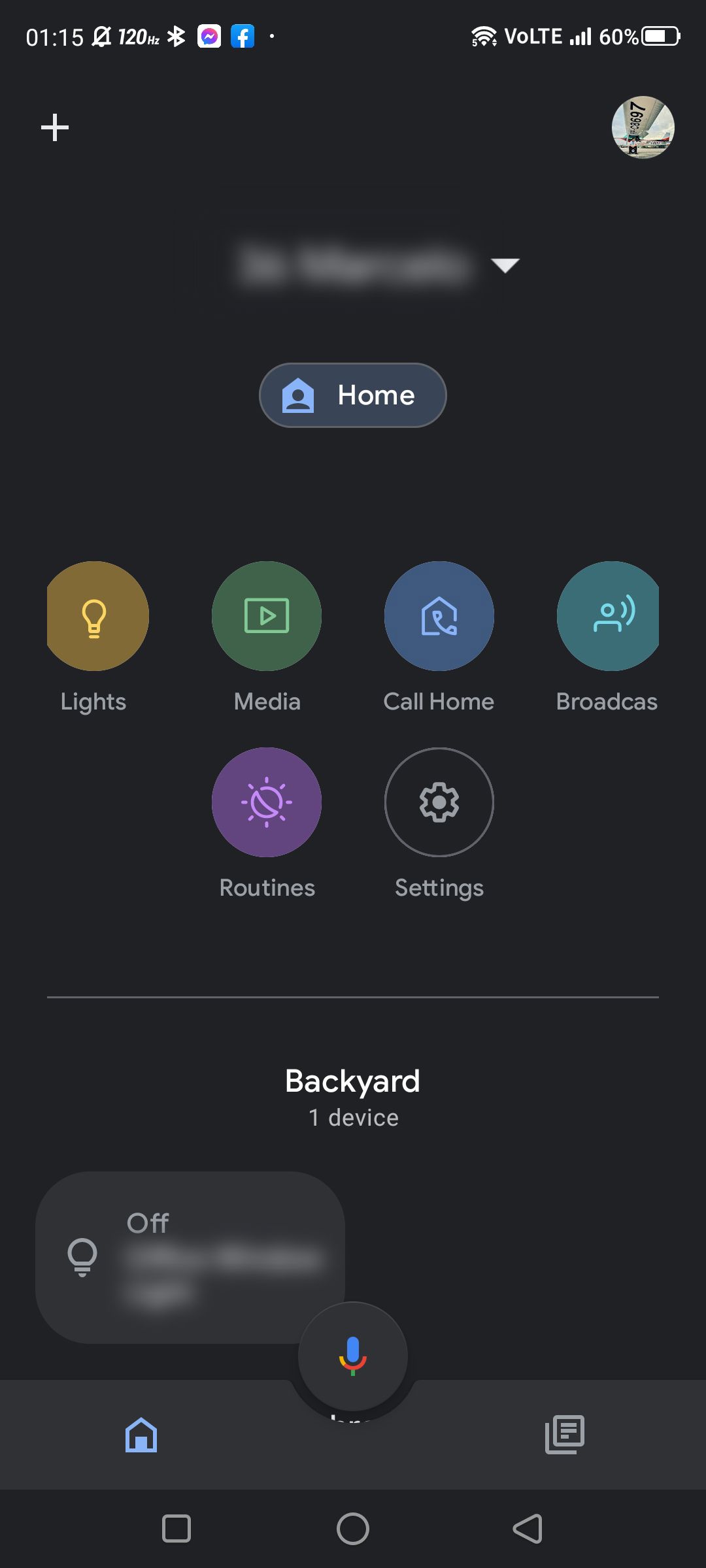
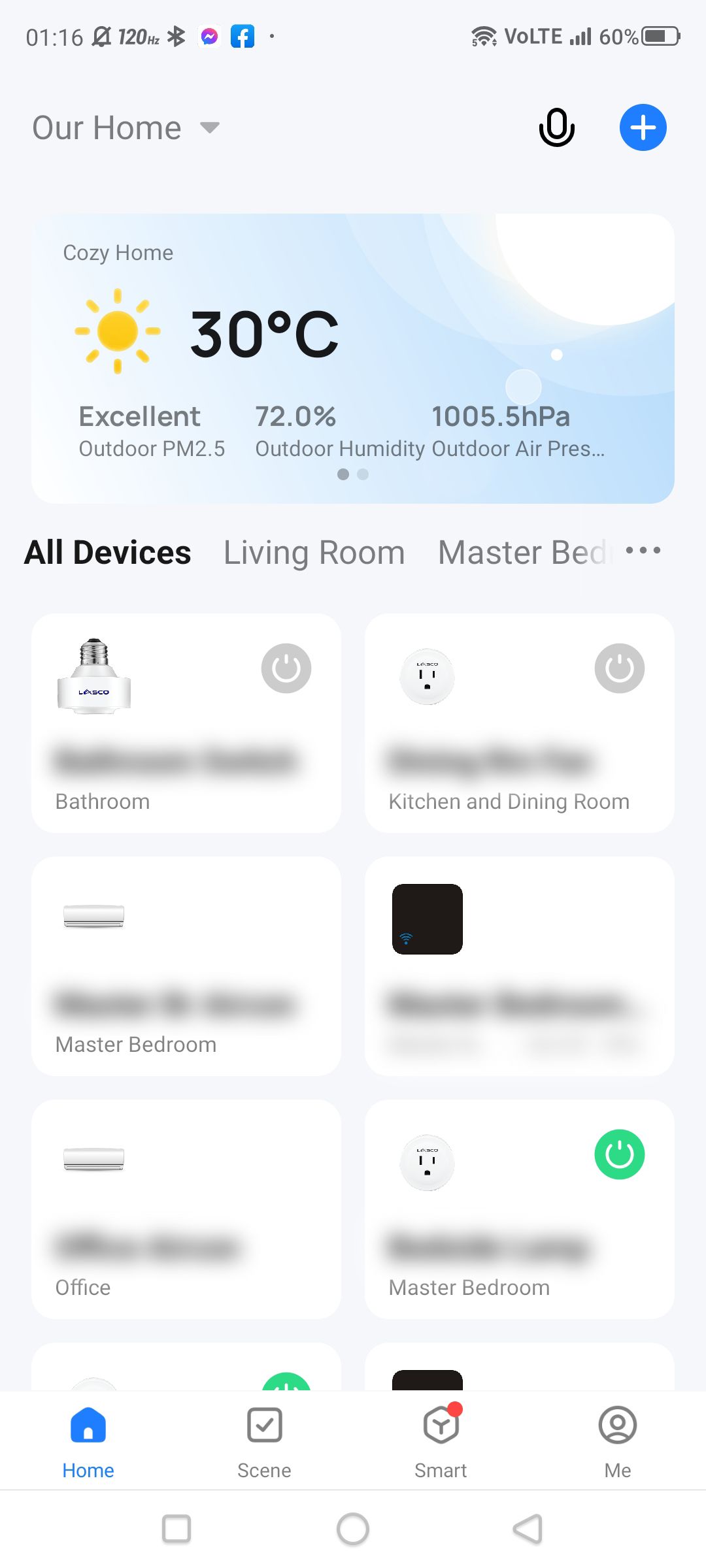

Even after adding the cost of additional hardware and certifications, the smart bulb still won't work as you would expect. That's because the manufacturer still needs to make an app that will let you interact with it.
While Google and Alexa-branded devices typically run natively on their respective apps, smart devices these two tech giants didn't create require you to set them up on their specific app before you can sync it with your preferred smart home service.
For example, Xiaomi created its own app to let users control their Xiaomi smart devices, while Philips has the Philips Hue app. Once you've set it up on their homegrown app, you link it to Amazon Alexa or Google Home so that you can control it with your smart speakers.
Developing these apps, as well as the requirement for the manufacturer to maintain its own servers, entail additional costs. Furthermore, it must ensure that its servers and communications between the products it sells are encrypted and secure to avoid costly data breaches.
And after developing its homegrown app, it must also certify its compatibility with Google Home and Amazon Alexa. Otherwise, it risks not selling anything, as these are the two most popular smart speakers that let you control your smart home.
You Get Extra Features With Smart Bulbs
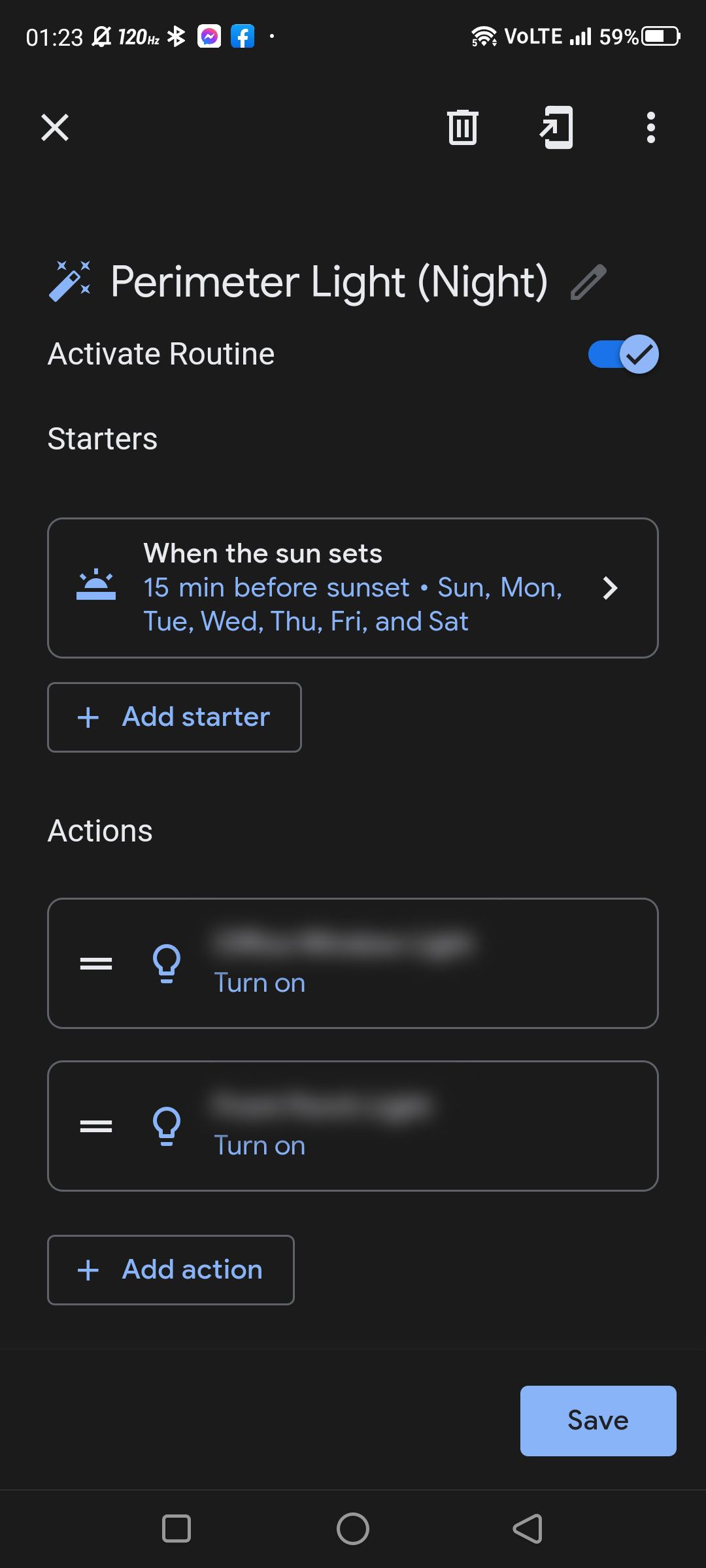
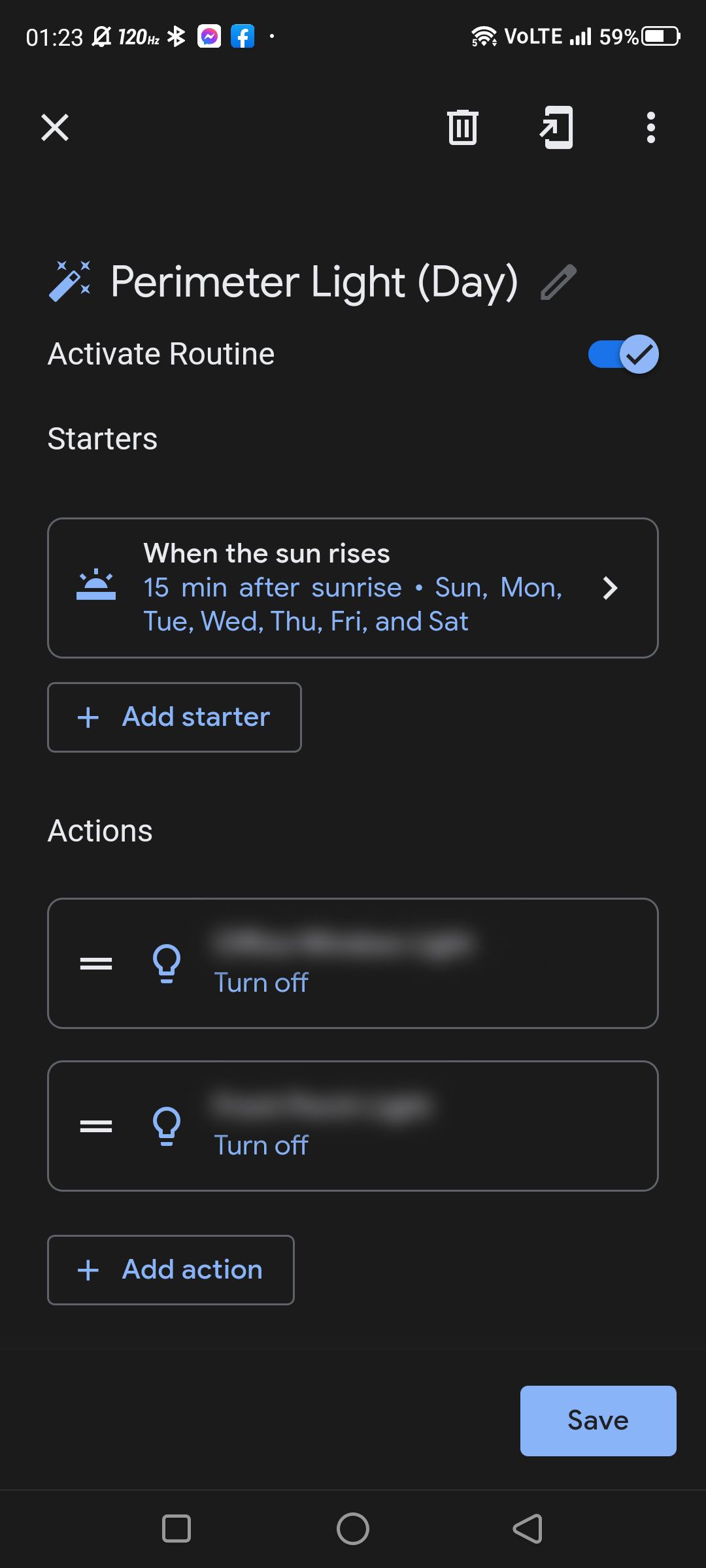
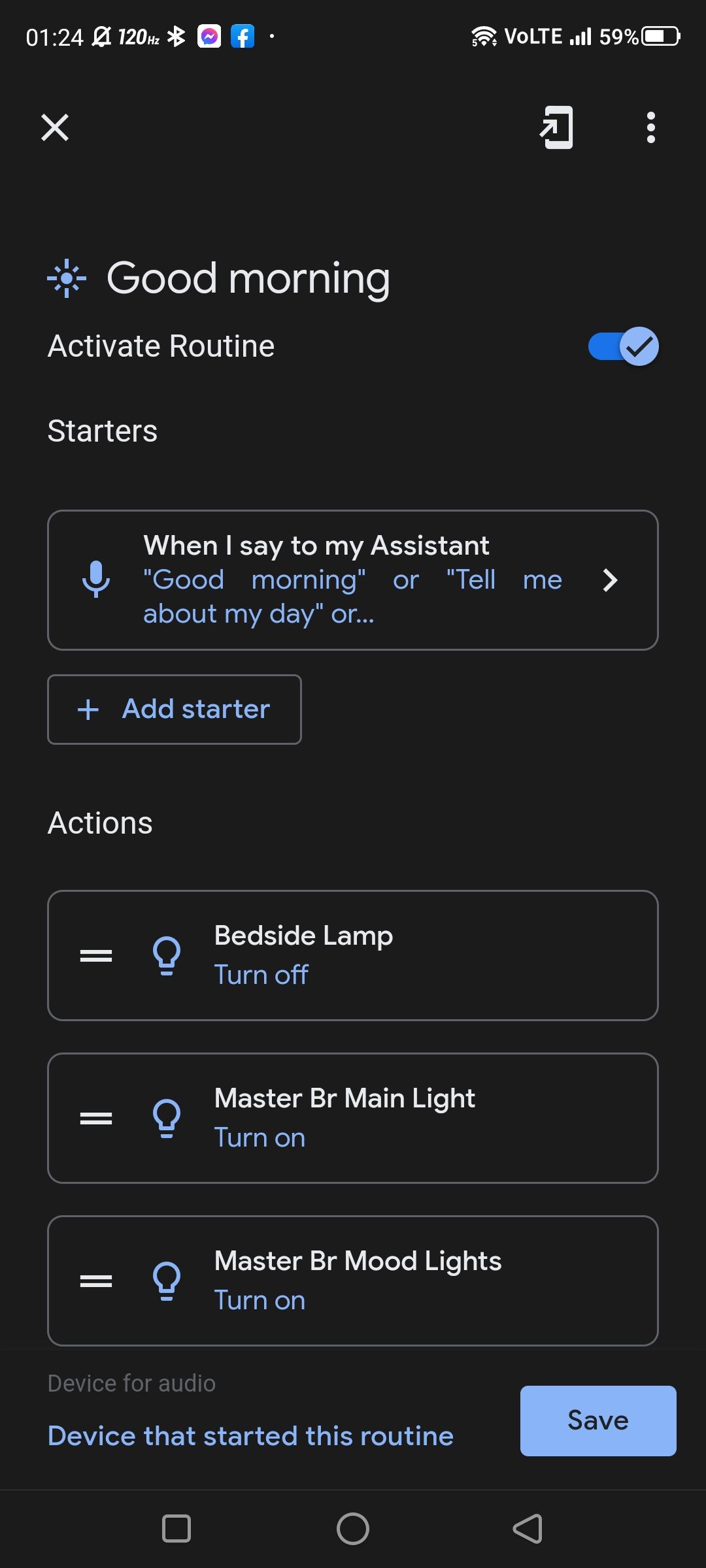
Of course, if you expect to get extra features over anything, then you usually pay more. After all, a smart LED bulb's purpose and function are the same as that of an ordinary LED bulb. The main difference is that you can control the former remotely, change its color, brightness, and even temperature, and automate it with your other intelligent devices.
Take a look at the Ford F-150 as an example. If you buy the base model Ford F-150 XL, it would only cost you $33,695. But if you choose the Ford F-150 Raptor with all the bells and whistles, you could be spending over $110,000—more than triple the price of the base model truck.
That's why it just makes sense for light bulb manufacturers to charge more for their premium smart LED bulbs.
Less People Buy Smart Bulbs
Economies of scale make manufacturing different items, from light bulbs to airplanes, more affordable. Since smart LED bulbs are far more expensive than ordinary LED bulbs, there's simply less demand for them. This makes it harder for companies to invest in massive production lines that will further cut production costs.
Smart LED bulbs generally have a smaller market—most are found at home or in small offices: places that require only a few bulbs. But if you're planning to light an entire stadium or even a hundred-story skyscraper, you will need thousands of bulbs, perhaps even more.
The price difference between one and the other could reach millions of dollars, thus making it infeasible to go smart. Furthermore, if you're looking for a way to control lights centrally across a massive space, installing smart switches is more cost-effective and typically lasts far longer than most LED bulbs—smart or otherwise.
Are Smart Bulbs Worth the Price?
While smart bulbs are far more expensive than ordinary LED bulbs, they're great devices that'll make your life easier. Furthermore, many smart bulbs have additional features, like dimming, changing color temperatures, and even adjustable colors.
If you want or need these features, then smart bulbs are definitely worth the buy. But if you simply need something you can control remotely and automate with your other smart devices, you should skip smart bulbs and pick smart switches or smart sockets.



